Description
Parga – Torch Relay Greek Route
Athens 2004 Olympic Games Pin
The Olympic Flame past from Greek City, Parga.
The 2004 Summer Olympics Torch Relay took the Olympic Flame across every habitable continent, returning to Athens, Greece. Every citywhich had hosted the Summer Olympics was revisited by the torch, as well as several other cities chosen for their international importance.
The relay was the first time the Olympic flame had travelled to Africa, India and South America. The flame was transported from country to country aboard a specially-equipped Boeing 747 leased from Atlanta Icelandic (Registration TF-ARO) called Zeus. On board the flame was carried and burned continuously in specially modified miners lamps.
Parga is a town and municipality located in the northwestern part of the regional unit of Preveza in Epirus, northwestern Greece. The seat of the municipality is the village Kanallaki. Parga lies on the Ionian coast between the cities of Preveza and Igoumenitsa. It is a resort town known for its scenic beauty.
The Castle is found on the top of a hill overlooking the town and was used to protect the town from the mainland and the sea. It was initially built in the 11th century by the residents of Parga to protect their town from pirates and the Turks. In the 13th century, as their control of the region increased, the Venetians rebuilt the castle to fortify the area. In 1452, Parga and the castle were occupied by the Ottomans for two years during which time part of the castle was demolished. 1537, Ottoman admiral Hayreddin Barbarossa burnt and destroyed the fortress and the houses within.
Before the reconstruction of the castle in 1572 by the Venetians, the Turks demolished it once again. The Venetians rebuilt it for the third and last time creating a perfect, strong fortress that stayed impregnable until 1819, despite attacks, especially by Ali Pasha of Ioannina, who besieged them from the castle of Agia-Anthousa. The Venetians created a perfect defence plan which they combined with the natural fortification made the fortress. Outside the castle eight towers placed in different positions completed the defence. Inside the narrow space of citadel there were 400 houses, positioned so that they occupied only a small space far away from the seaside. From this castle the free-besieged population of Parga and Souli fought epic battles, retaining their freedom for centuries. From the faucet “Kremasma” the tanks of the castle and the houses were provided with water. The castle for its provision used the two bays of Valtos and Pogonia. When Parga was sold to the Ottomans, Ali Pasha enhanced it even more by placing both its harem and Turkish bath at the top. This radically improved the rooms of the castle. On the arched gate at the castle entrance, on the wall, you can see the winged lion of Agios Markos, the name “ANTONIO BERVASS 1764”, emblems of Ali Pasha, two-headed eagles and relative inscriptions. Archways, gun emplacement rooms, supplies lodges, strong bastions with gun safe boxes, safe boxes of small arms, secret passage to the sea, barracks, jails, warehouses and two block-houses at the last defense line: prove the perfection of the defense plan, which along with the natural fortification, made the fortress unconquered.
The pin depicts the Torchbearer passing from a monument of Parga city
Product: Olympic Pin
Pin code: #04-162-067
Tiraz: <1.000pcs
Official Licensed Product
Licensed Manufacturer: Efsimon Collection
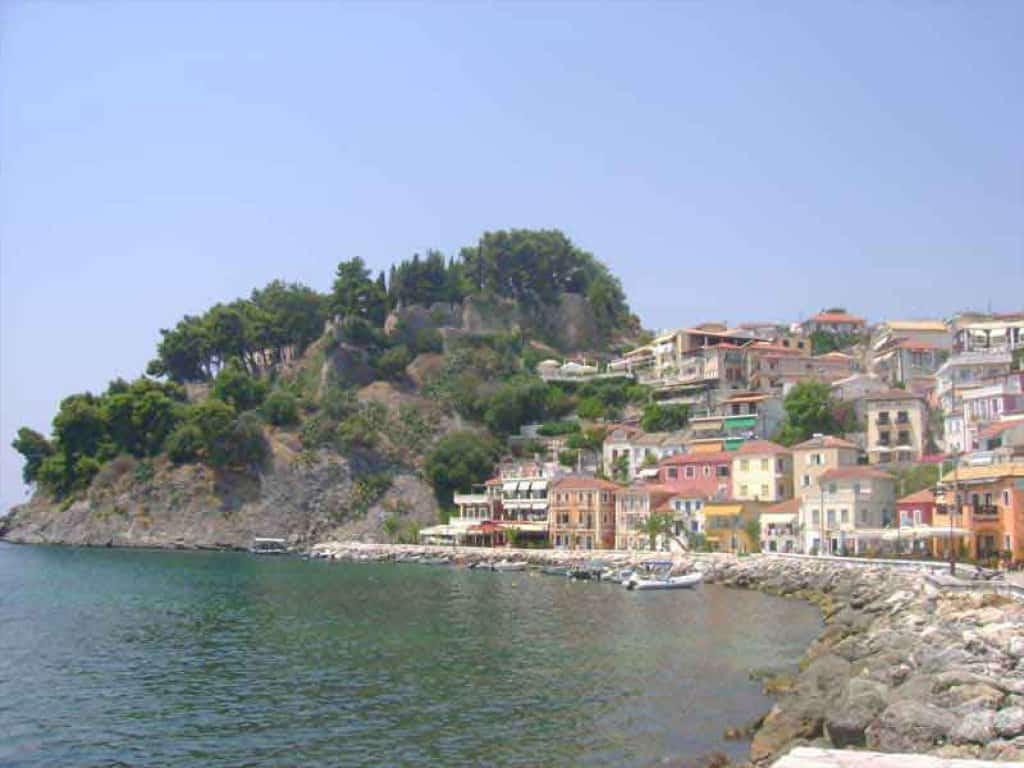
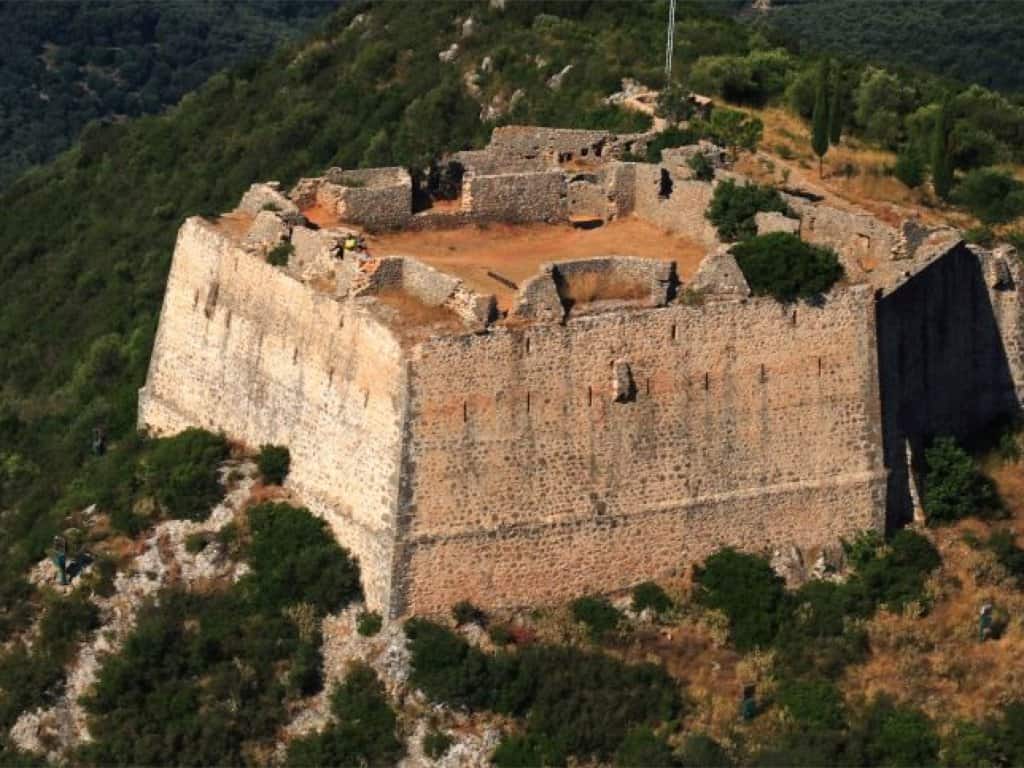
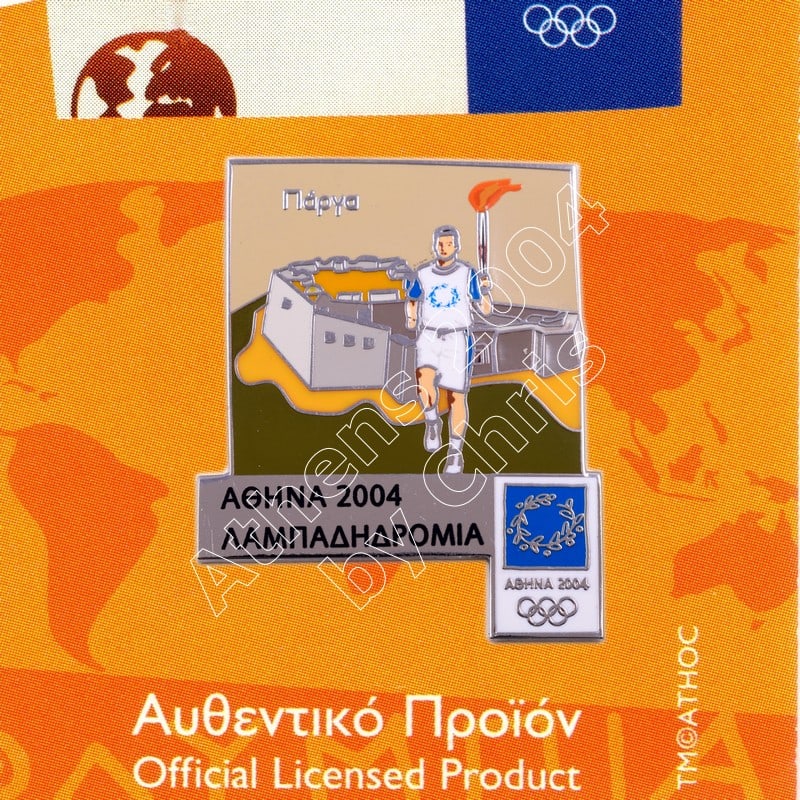
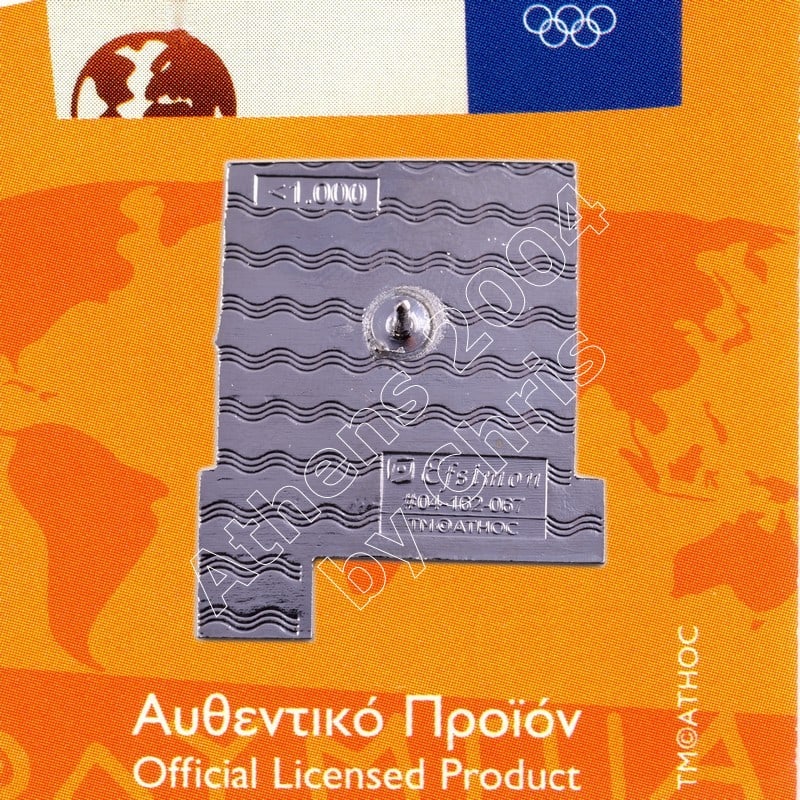

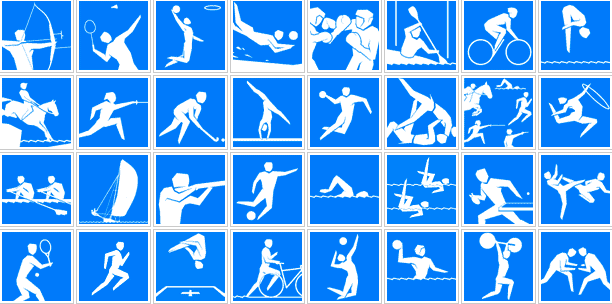
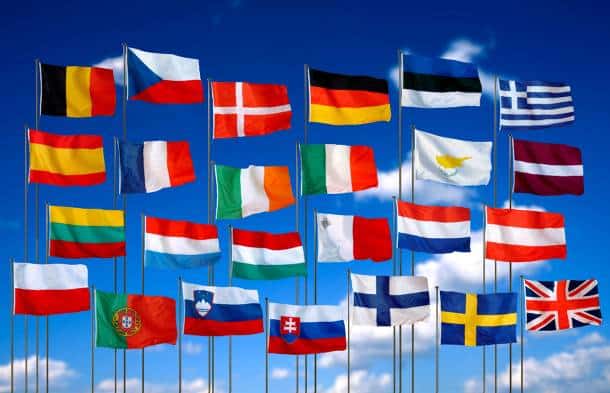
Reviews
There are no reviews yet.